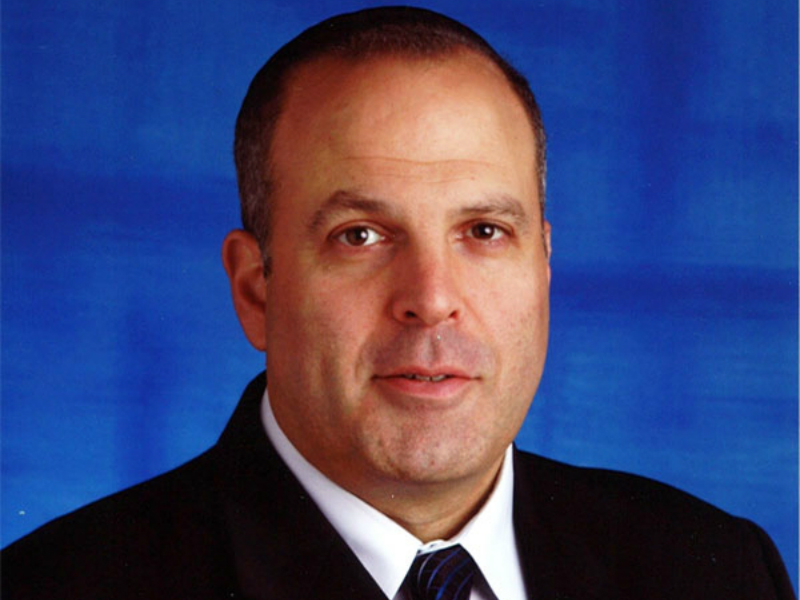A new Jewish high school will be opening up in Toronto at the beginning of the next school year. Named ADRABA, which comes from a Talmudic phrase meaning “on the contrary,” the school is planning to open with 30 students in a location that is yet to be determined. Tuition is expected to be around $15,000.
ADRABA brands itself as “Toronto’s first 21st-century Jewish high school.” With an emphasis on using modern technology to support students and guide the curriculum, as well as Jewish literacy and engagement, its following in the blended learning model of education that has existed since the 1990s.
Sholom Eisenstat, a retired educator and ADRABA’s lead technology consultant, founded ADRABA along with educators Dan Aviv and Frank Samuels. He says the school’s 21st-century model of learning is “radically different than the 19th-century models of learning, which are predominant in the education business today.”
“It’s taking advantage of 21st-century technologies, in terms of resources to supply the classroom, in terms of technology to support the delivery of the curriculum and the creative output of students is technologically infused and enhanced,” Eisenstat said.
In practice, that will mean that students will have access to the vast libraries of online Jewish materials at their fingertips. A properly trained student should be able to find any Jewish text in a matter of moments, “instead of having to schlep down to the library to get a copy of the Rambam, if the question came up in class,” said Eisenstat.
ADRABA will also use a software tool called a learning management system to help deliver the curriculum. The teachers will upload educational materials to the servers on a timeline that the students have to work their way though. That could mean writing an essay, responding to questions or a reading, or communicating with another student.
The learning management system will allow the students to work at their own pace, meaning they can complete a course in as short or as long as they need – including during evenings and summers. It also frees up time for the teachers to engage their students on a more personal level.
Dan Aviv, the lead design at ADRABA, compares the effect of these new technologies on teachers to the disruptive role the printing press played when it was invented.
“That exposed a whole new generation of learners to a whole whack of texts they never had access to before. And that necessarily resulted in the change in how scribes did their work. We still have scribes today, but they’re not doing the kind of work today they did before Gutenberg,” said Aviv. “Essentially, the same thing that’s going to happen with teachers.”
ADRABA will employ multiple educators in each classroom. The teachers’ primary role will be to ensure the educational content is properly delivered, but there will also be an onsite educator who will help students process the information and complete the assignments, as well as a madrich, or advisor, who will support the students socially, emotionally, spiritually and academically.
Aviv is optimistic that ADRABA will be able to reach its goal of 30 students by next year. He said that the school has already received inquiries from parents of students who will be entering Grade 9 next year, after going public with the idea in the middle of August.
READ: HOW SCHOOLS ARE INNOVATING ON THE PLAYGROUND
According to numbers that ADRABA got from UJA Federation, about 1,500 students graduate from Jewish middle schools each year in Toronto, but only 400 or so go on to Jewish high schools. That means 1,100 students are leaving the Jewish educational system for various reasons. Those are the students that ADRABA is courting.
“The model we have may appeal to three per cent of those kids and their parents, enough that they will say … ‘We were heading out, but maybe with this alternative, this different kind of model, we’ll come back in,’ ” said Aviv.
